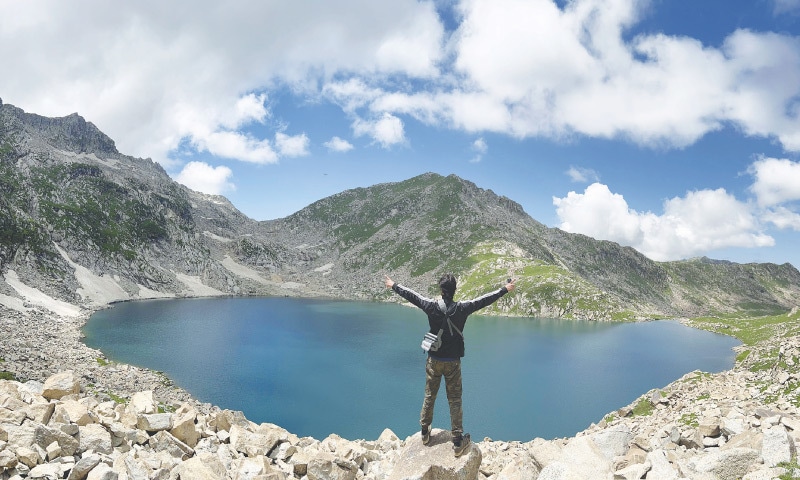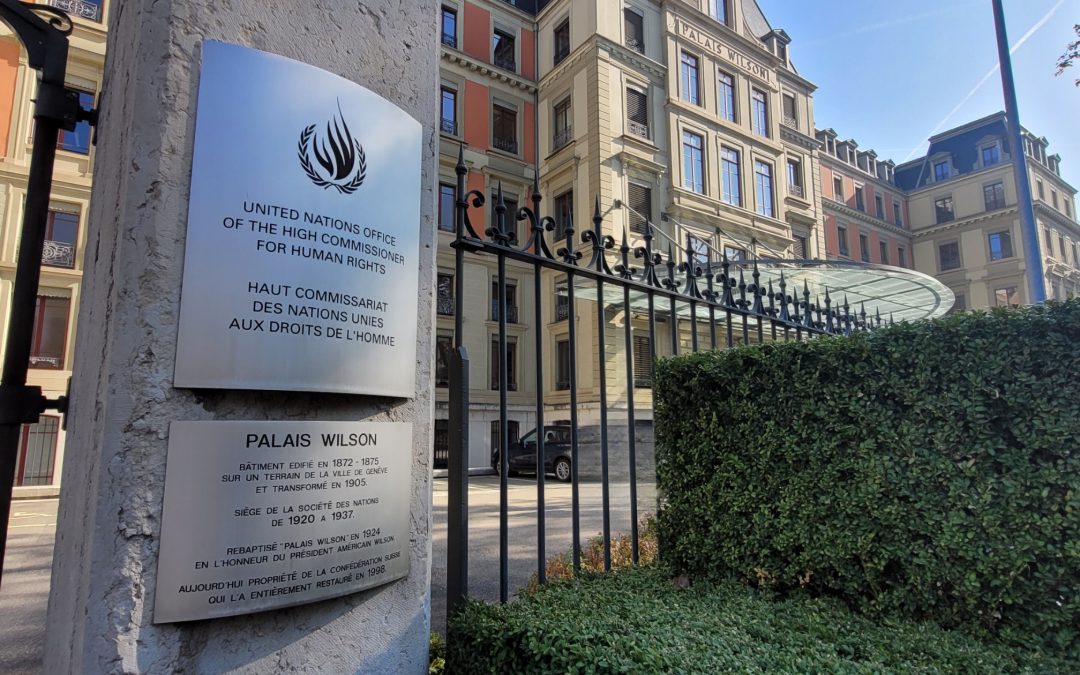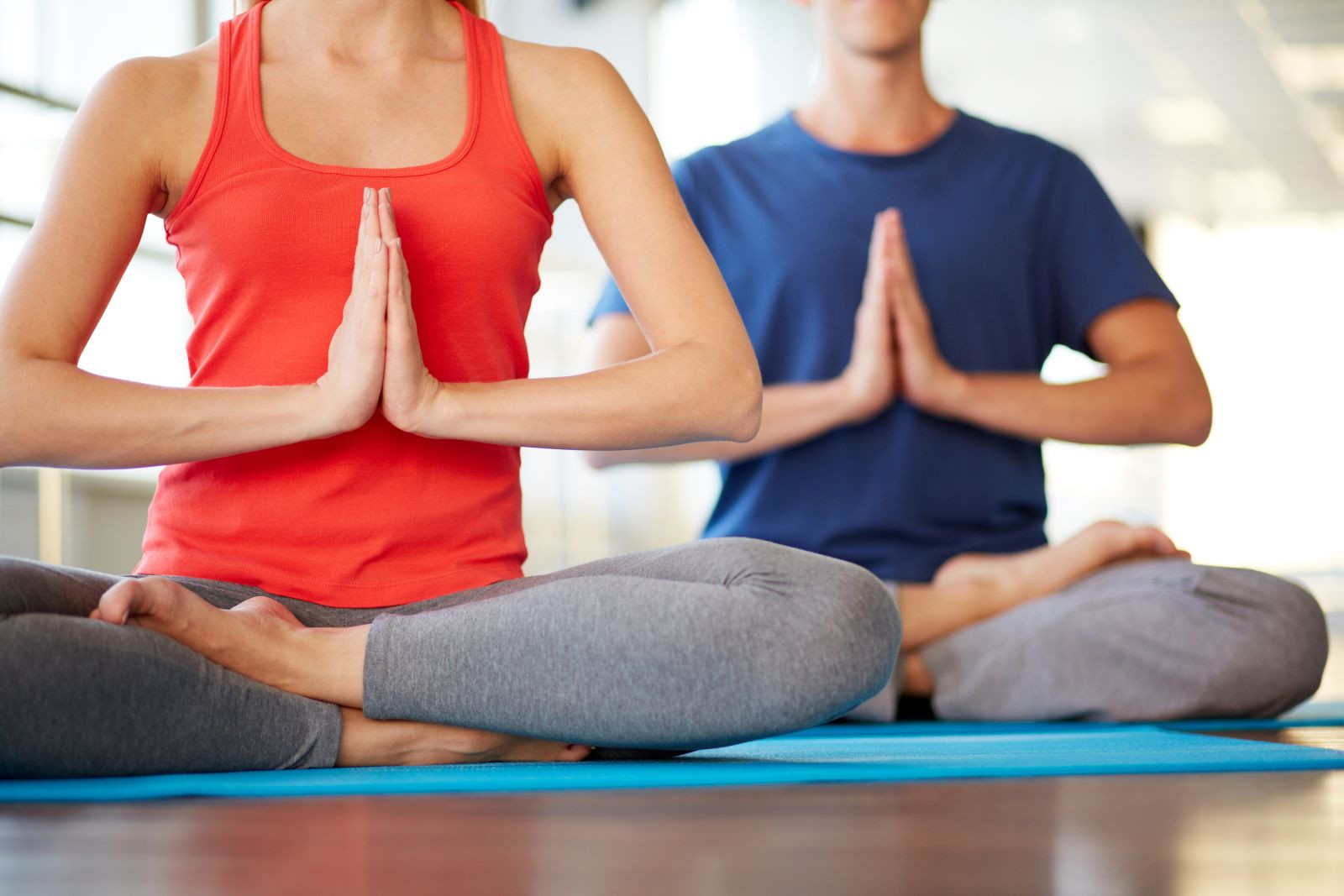Migrants leave their homes for countless reasons—war, poverty, persecution, or the hope for a better life. But no matter why they move, one truth remains: their rights are human rights. This article dives into why protecting migrants’ rights matters, how governments and communities can step up, and what you can do to make a difference. Let’s explore this urgent call to action with real stories, practical steps, and a touch of heart.
Why Migrants’ Rights Matter
Every migrant carries a story, often one of resilience against unimaginable odds. From families fleeing conflict in Syria to workers seeking better wages in a new country, their journeys are human at the core. Recognizing their rights as human rights ensures dignity, safety, and fairness for all, no matter where they’re from.
The Scale of Migration Today
Over 281 million people live outside their country of origin, roughly 3.6% of the global population. Many face human rights violations, from arbitrary detention to denial of basic healthcare. These challenges aren’t just statistics—they’re real lives disrupted by systemic barriers.
A Personal Story of Struggle
I once met Maria, a migrant from Honduras, at a community center. She’d fled violence, hoping for safety in the U.S., only to face detention and uncertainty. Her story reminded me that behind every policy debate is a human being with dreams, fears, and rights that deserve protection.
The Human Rights Framework for Migrants
International laws, like the Universal Declaration of Human Rights, affirm that everyone—migrant or not—has inalienable rights. Yet, migrants often face discrimination, exploitation, and exclusion. Understanding this framework is the first step to advocating for change.
Key Rights at Stake
Migrants are entitled to basic human rights, but violations are common. These include:
- Right to Safety: Protection from violence and arbitrary detention.
- Right to Health: Access to medical care without discrimination.
- Right to Education: Opportunities for children to learn and grow.
- Right to Work: Fair wages and safe working conditions.
These rights are often denied due to xenophobia or restrictive policies.
The Role of International Organizations
The United Nations, through bodies like the Office of the High Commissioner for Human Rights (OHCHR), pushes for a human rights-based approach to migration. This means putting migrants at the center of policies, ensuring their voices shape the systems that affect them.
Challenges Migrants Face
Migrants often navigate a maze of legal, social, and economic hurdles. From border detentions to workplace exploitation, these challenges highlight why advocacy is critical.
Discrimination and Xenophobia
Prejudice fuels many abuses against migrants. In some countries, laws explicitly exclude migrants from housing or healthcare, while public attitudes can breed hostility. This creates a cycle where migrants are marginalized and vulnerable.
A Table of Common Challenges
| Challenge | Impact | Example |
|---|---|---|
| Arbitrary Detention | Loss of freedom, psychological trauma | Migrants held without due process |
| Lack of Healthcare Access | Poor health outcomes, preventable deaths | Undocumented workers denied care |
| Wage Theft | Financial instability, exploitation | Migrant laborers underpaid |
| Family Separation | Emotional distress, broken families | Children separated at borders |
This table shows how systemic issues compound migrants’ struggles, demanding urgent action.
A Real-Life Example
Take Ahmed, a refugee from Sudan I read about in a UN report. He arrived in Europe seeking asylum but was detained for months without clear charges. His story isn’t unique—thousands face similar treatment, underscoring the need for fair legal processes.
Solutions: A Human Rights-Based Approach
Protecting migrants’ rights requires a mix of policy reform, community action, and global cooperation. Here’s how we can turn compassion into action.
Policy Reforms for Fairness
Governments must align laws with human rights standards. This includes ending arbitrary detention, ensuring access to services, and creating pathways for legal migration. Policies should prioritize people over borders.
Community Action and Solidarity
Communities play a huge role in supporting migrants. From volunteering at shelters to challenging xenophobic rhetoric, small acts of kindness can ripple outward. I’ve seen neighbors rally to provide food for migrant families—it’s humbling and inspiring.
Pros and Cons of Current Approaches
Pros of Current Efforts:
- Growing global awareness of migrants’ rights.
- NGOs providing legal aid and shelter.
- International guidelines like those from OHCHR.
Cons of Current Efforts:
- Inconsistent enforcement of laws across countries.
- Limited funding for migrant support programs.
- Political resistance to inclusive policies.
Balancing these pros and cons shows we’re making progress but have a long way to go.
How You Can Help: A Call to Action
You don’t need to be a policymaker to make a difference. Everyday actions can uphold migrants’ rights and foster a more inclusive world.
Practical Steps for Individuals
Here’s how you can get involved:
- Educate Yourself: Read reports from organizations like Amnesty International or the UN to understand migrants’ challenges.
- Volunteer Locally: Join community groups offering language classes or legal aid to migrants.
- Advocate Online: Share stories and resources on social media to raise awareness.
- Support Ethical Businesses: Choose companies that treat migrant workers fairly.
These steps are small but powerful ways to show solidarity.
Where to Get Involved
Look for local organizations like the International Rescue Committee or Doctors Without Borders, which offer volunteer opportunities and resources. Websites like UNHCR’s Get Involved page are great starting points.
Best Tools for Advocacy
For those ready to dive deeper, here are top tools to amplify your impact:
- Amnesty International’s Advocacy Toolkit: Guides for writing to policymakers.
- UNHCR’s Storytelling Platform: Share migrant stories to build empathy.
- Social Media Analytics Tools: Track campaign reach with tools like Hootsuite.
These resources make advocacy accessible and effective.
Comparison: Policies Across Countries
Different countries approach migrants’ rights in varied ways. Let’s compare two contrasting examples:
| Country | Strengths | Weaknesses |
|---|---|---|
| Canada | Robust refugee resettlement programs | Slow processing times for asylum claims |
| Australia | Strong border security | Harsh offshore detention policies |
Canada’s inclusive model contrasts with Australia’s stricter approach, showing the range of global responses.
People Also Ask (PAA) Section
Here are real questions from Google’s PAA, answered concisely:
What are the human rights of migrants?
Migrants have the same rights as anyone else, including safety, healthcare, education, and fair work conditions. These are enshrined in international laws like the Universal Declaration of Human Rights. Violations often stem from discriminatory policies or enforcement gaps.
How can I help migrants in my community?
Volunteer with local NGOs, donate to shelters, or advocate for fair policies. Even small acts, like offering language support or sharing resources, can make a big difference. Check UNHCR’s website for local opportunities.
Why are migrants’ rights often violated?
Xenophobia, restrictive laws, and lack of enforcement create barriers. Migrants may face detention, exploitation, or exclusion from services due to systemic biases or political priorities.
What organizations protect migrants’ rights?
Groups like OHCHR, Amnesty International, and Doctors Without Borders work globally to advocate for migrants. They provide legal aid, healthcare, and policy recommendations to ensure rights are upheld.
FAQ Section
What is a human rights-based approach to migration?
It’s a framework that centers migrants in policies, ensuring their rights to safety, health, and dignity are protected. It emphasizes inclusion in national plans, like housing or anti-discrimination strategies.
How can I advocate for migrants’ rights without much time?
Start small: share verified information online, sign petitions, or donate to reputable NGOs. Even a few minutes a day can amplify migrants’ voices.
Are there legal protections for undocumented migrants?
Yes, human rights apply to all, regardless of status. However, undocumented migrants often face barriers to accessing these protections due to restrictive laws or fear of deportation.
What’s the difference between a migrant and a refugee?
A migrant chooses to move, often for economic reasons, while a refugee is forced to flee due to persecution or conflict. Both deserve human rights protections.
How do I find trustworthy organizations to support?
Look for established groups like UNHCR, Amnesty International, or local shelters with transparent funding and impact reports. Websites like Charity Navigator can help verify credibility.
A Final Word
Migrants’ rights aren’t just a policy issue—they’re a test of our humanity. Stories like Maria’s and Ahmed’s remind us that behind every statistic is a person deserving of dignity. By educating ourselves, advocating for change, and supporting inclusive policies, we can build a world where no one is left behind. Let’s answer this call to action with compassion and courage.









Leave a Reply